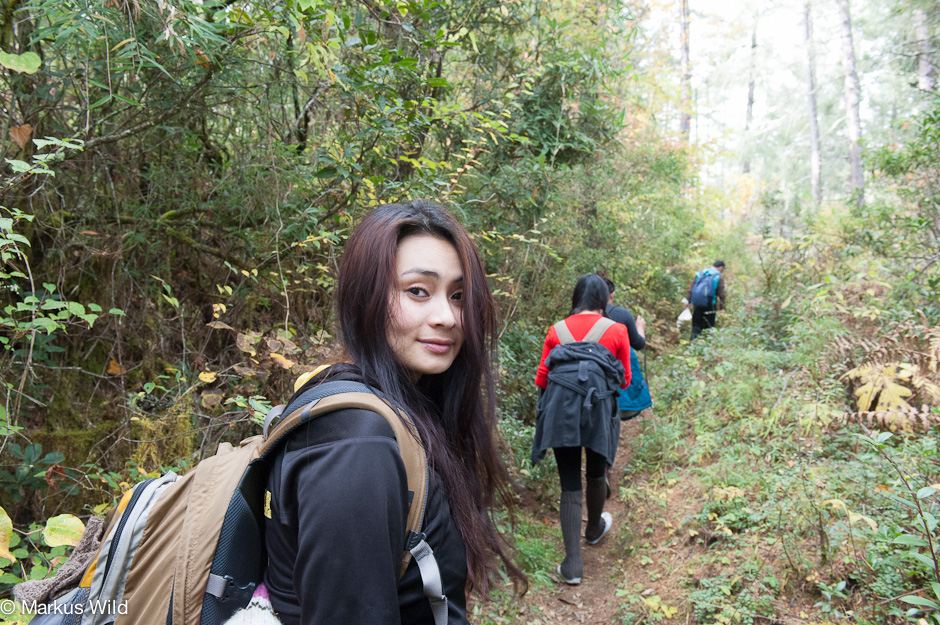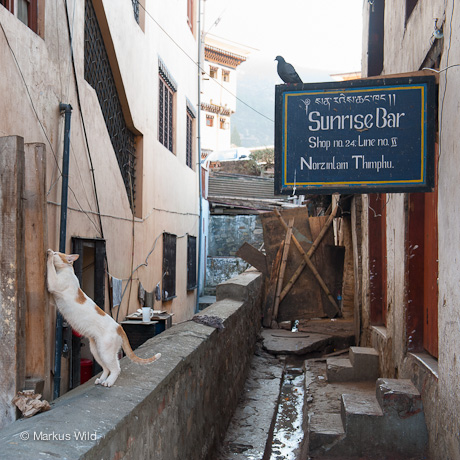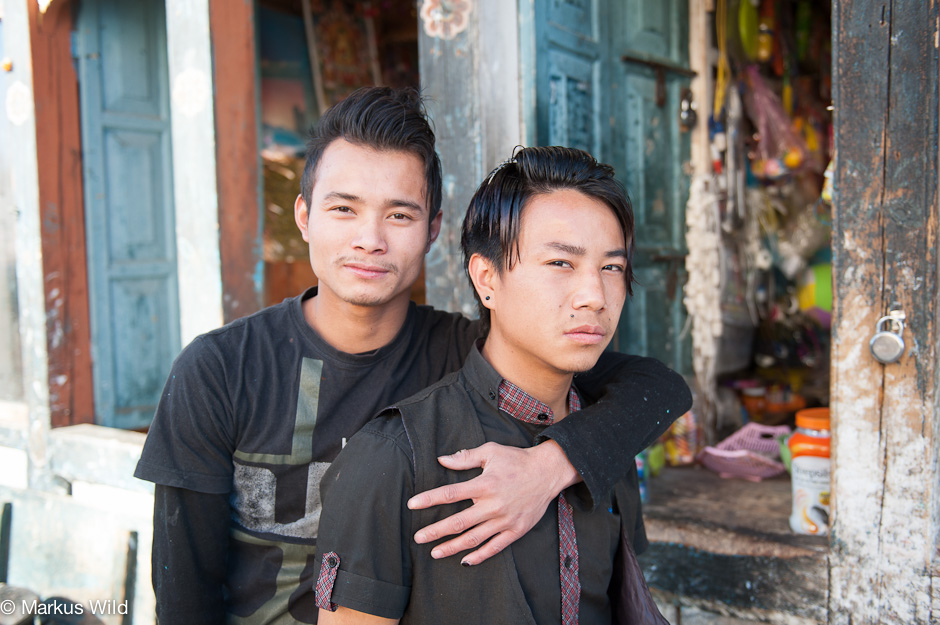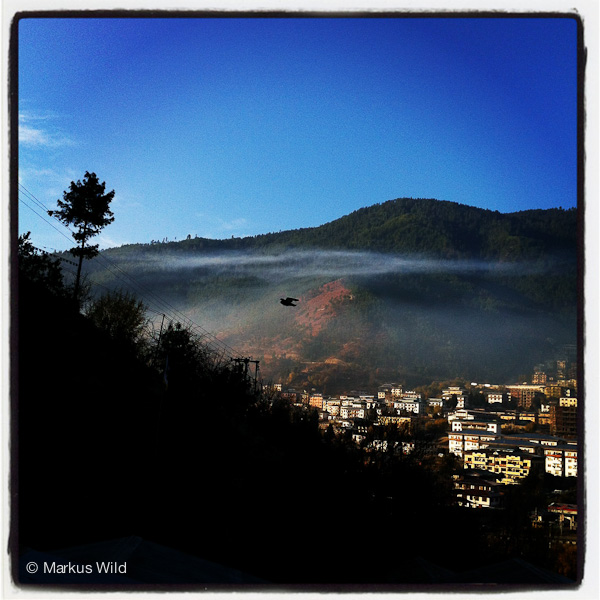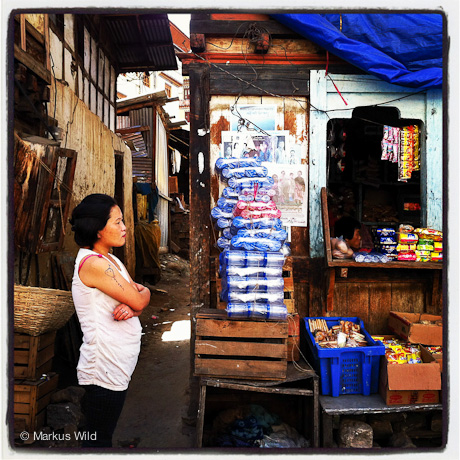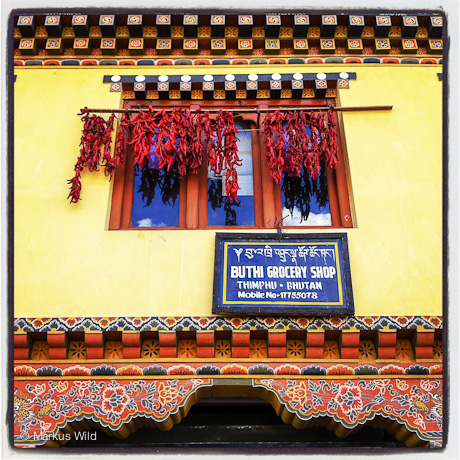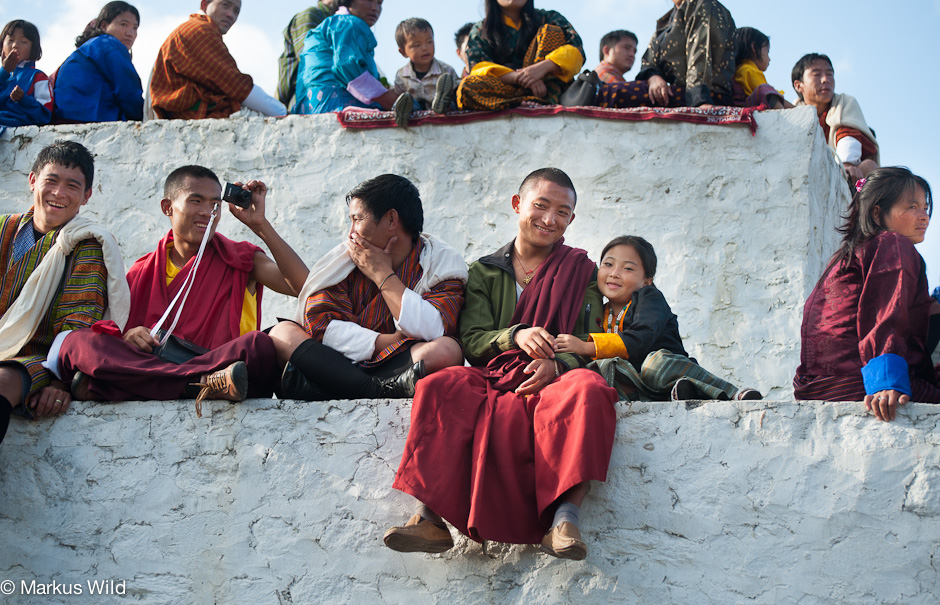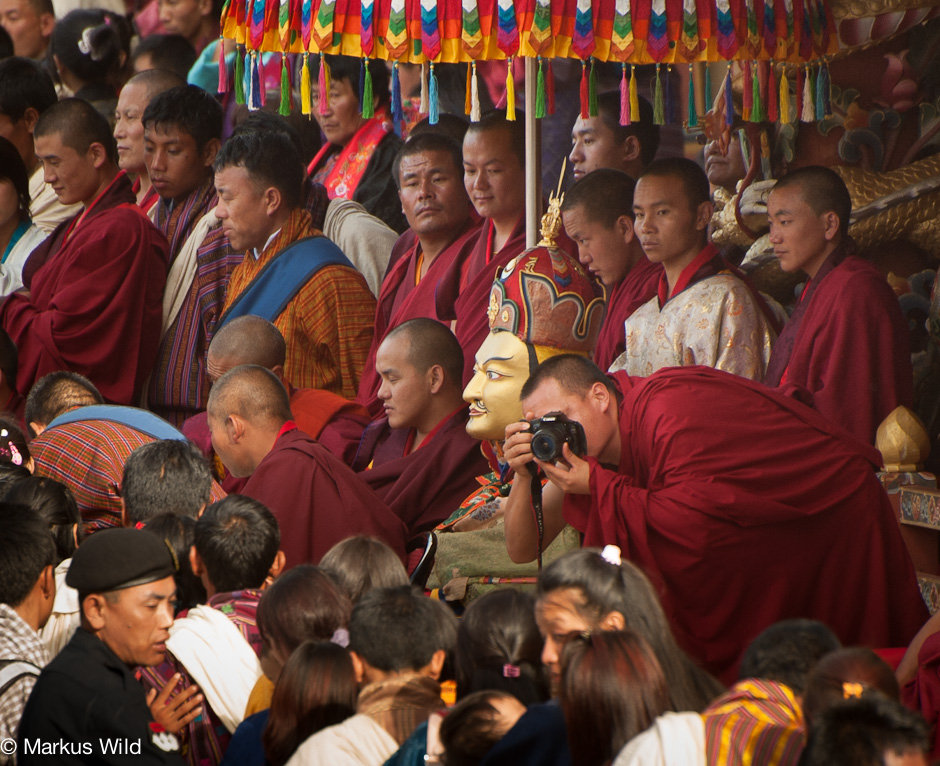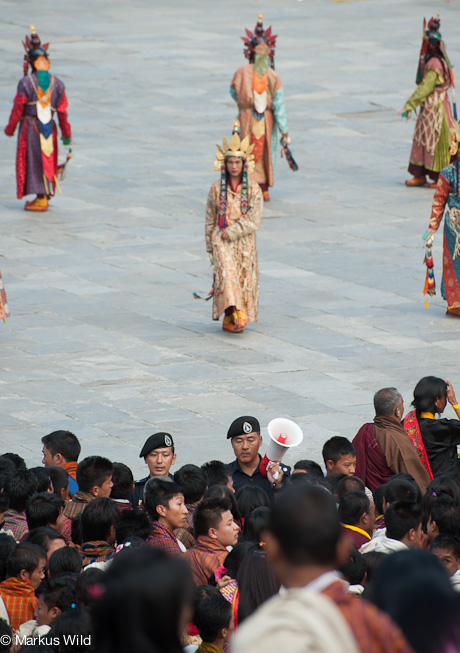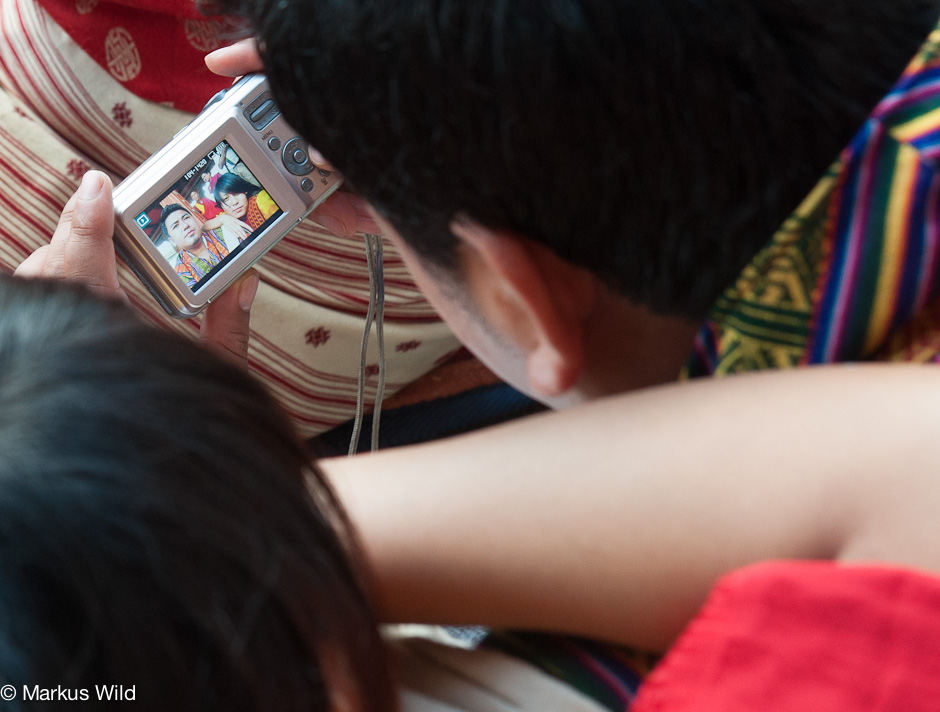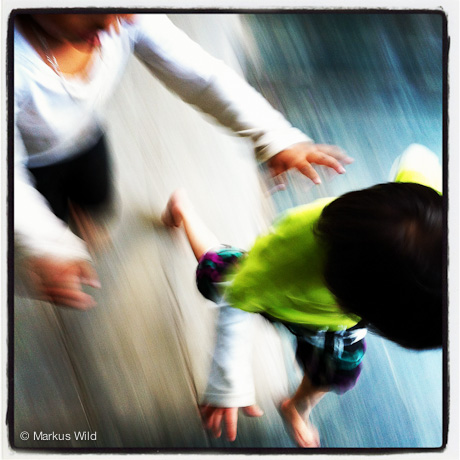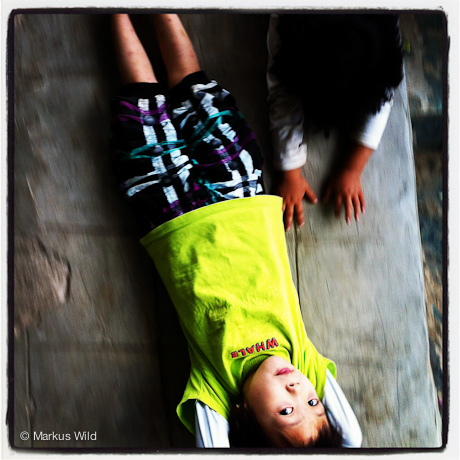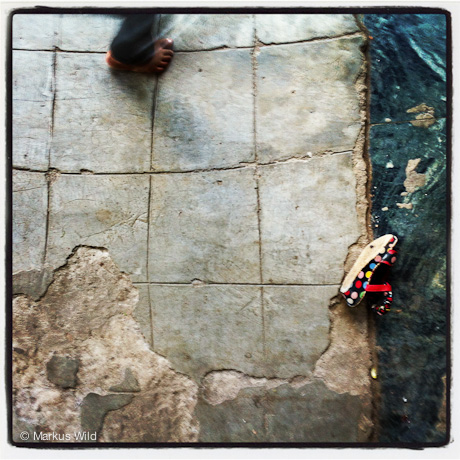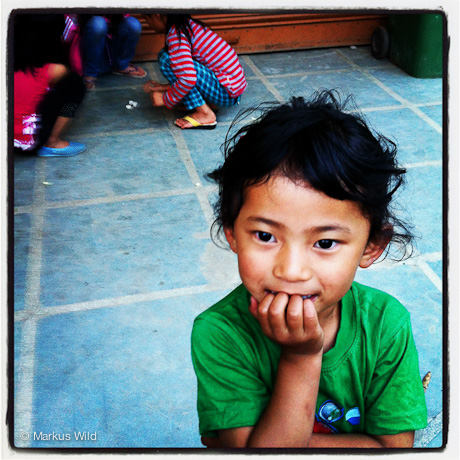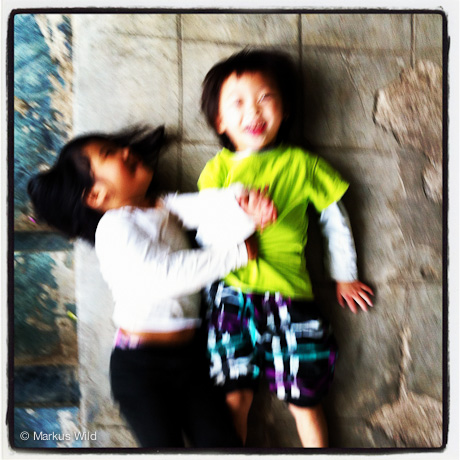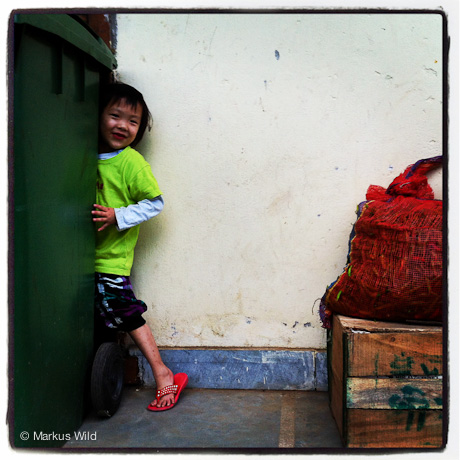I’m back in Bhutan for one month. Beside working on final procedures with the Helvetas’ LCD Project (Leveraging and Preserving Bhutan’s Cultural Diversity Project) I am meeting different partners to discuss a proposal for follow up activities with my Participatory Photo Project.
During my spare time I use to meet old friends – and also make new ones. This is easy to do in Bhutan and to me this is one of the main reasons why I feel so much at home in this beautiful and fascinating country.
Here’s an example of what can grow out of a simple walk to town on an ordinary day:
Last Thursday evening when going to town I came by Mojo Park and met some old friends that I’ve known from long ago. Mojo Park is “the only place in Bhutan where I can get my dose of live music, alcohol, snacks and good people to meet and good people to hang out with” according to his owner Ganchu -who is also running Radio Valley, a private radio station. So Ganchu was there -on the terrace of his music club- with Tashi Gyelthsen, a Bhutanese film maker and poet and with Rajesh Gurung, a very talented painter and co-founder of VAST (Voluntary Artists’ Studio Thimphu) who was among the group that I was lucky to work with when I was first conducting workshops in digital photography in Thimphu, back in 2005. Now, 8 years later, Rajesh and his friends are taking me to the the floor above Mojo Park and introduce me to a new restaurant called “A la Carte”. It has opened just a few months ago and is run by a former cook at the five star Amankora hotel; I like the place because its very friendly and relaxed atmosphere and because they serve -surprisingly- some very excellent Thai food. So I surely will like to go by regularly in the near future. After having tasted some first example of the food (a delicious Pad Thai) and one (or two) chilled Bhutanese beer(s) we went down to Mojo Park again and enjoyed the talent of some young local musicians.

Mojo Park, late night jamming
After the closing hour we continued chatting outside, sitting on the terrace in front of the club. A friendly and charming young woman was offering me a piece of self-made chocolate cake that she was sharing with her friends; they were telling me that on coming Saturday they would go for a hike to Phajoding monastery and asked me if I would like to join them.
Although I have lived in Bhutan a great part of the last eight years and although I have visited many different lhakhangs (temples) all over the country, so far I have not yet reached Phajoding, a monastic complex of many temples and buildings, situated above Thimphu on an altitude between 3500 and 3900 meters above sea level.
So I agreed happily (since not all young people I meet in the city are still interested to walk up arduously through tense forests to remote monasteries)!
Some 30 hours later, on Saturday early morning, before 7 am, they picked me up at the arranged meeting point, and after a 15 minutes car ride (by a friendly uncle of one of my new friends) we reached the point where the road ends; we left soon behind us the thousands of prayer flags that are flattering around the radio tower where our hiking began. The path leads us through pristine forest with mystical looking trees, many of them now changed to warm autumn colours, across spots of pastures towards the monastery high above the capital. A kind and lovely stray dog seemed to have waited for us and accompanied us during the whole day, walking always nearby, behind or in front of us, waiting patiently outside while we were visiting each of the five temples; he was asking silently but clearly for some share, when we had red rice and ema datshi as our lunch (kindly prepared in the early morning by one of my friends). My contribution to the meal were a handful of Bhutanese mandarines and apples from the weekend market and some hazelnut chocolate brought along from Switzerland.
After the strengthening meal my friends changed their dress, putting on their traditional dress (called “kira” for women and “gho” for men); for Bhutanese it is mandatory to wear the traditional dress when visiting religious sites, schools or government offices and buildings.
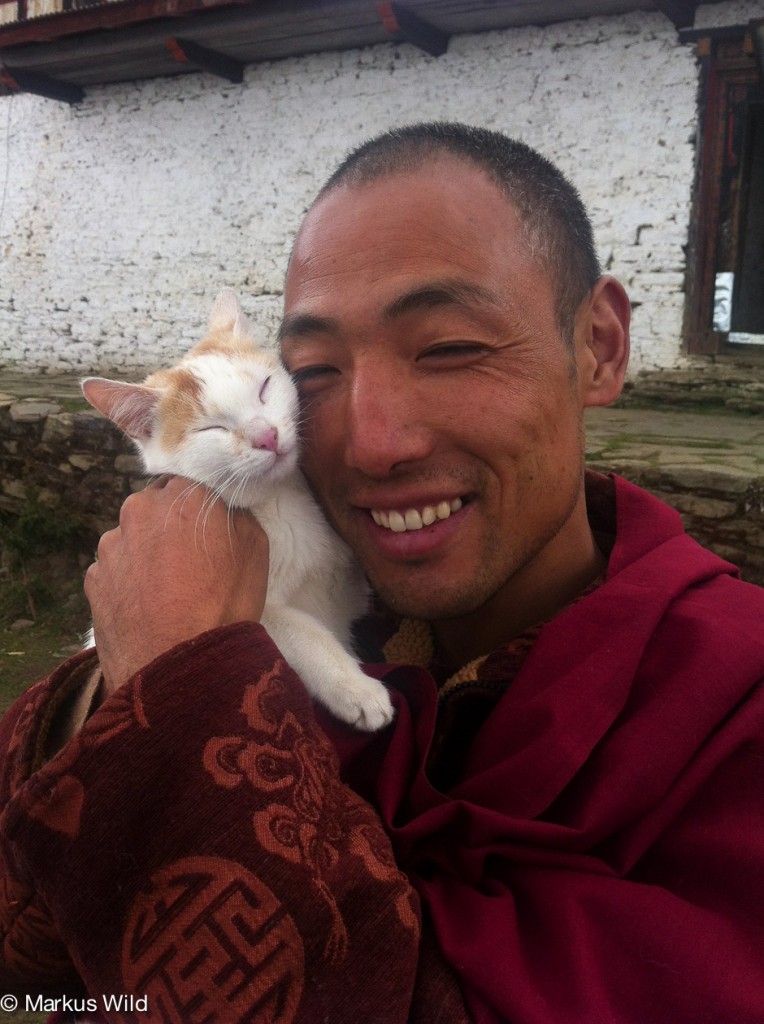
Lama Namgay Tenzing, the head teacher for 25 young monks studying at the Monastery
So we walked from one lhakhang to the next, climbing up till 3900 meters above sea level, on simple but good enough foot paths. Inside the temples we prostrate and pray and give offerings (butter for butter lamps, incense sticks and some smaller bank notes). In each place a monk would pouring out a hand full of holy water that we drink and that we apply on top of our heads.
I was always impressed and it made me feel comfortable and happy how people all over Bhutan would introduce me to their customs and believes and how they invite me to take part in their religious practises. It happened to me with people of different religious believes and practises, Buddhists and Hindus, and also people who still follow animistic believes and practises; it always made me feel that I am not a stranger to them but a friend with whom they like to share what they have and what they are. This attitude has helped me to feel comfortable from the beginning and to learn about their traditions and it has made me feel at home the longer our relation lasts.
What is very fascinating to me about today’s Bhutan is that many people still do have this lively relation to the traditional and natural world; and there are some who are able to span the distance from the nightly sounds of modern rock music in Mojo Park to the silent prayers and archaic rituals in a Buddhist monastery and they apparently can enjoy and value both aspects of today’s Bhutan.
And I’m happy to see that also a monastery like Phajoding is now using modern technology to communicate with the outside world and to inform about what makes them special: there is a very interesting and educational homepage called “Phajoding Monastery Project” where you can read and see that this monastery is not a relic of the past but a living learning place with very dedicated teachers like Lama Namgay Tenzing who provide compassionate care and education for 40 orphaned and disadvantaged boys within a holistic curriculum. On their homepage you can sign up for new posts and you can connect with the project via facebook, twitter, pinterest and flickr
I think that Bhutan of today actually has good chances to connect good elements of modern life with precious sides of its unique traditional heritage.
In the LCD project that I have been working for during the last three years I was teaching students of remote schools how to use digital photography to explore and document their local culture; with the help of the camera lens they began to see and appreciate the traditional knowledge that is still alive in their communities in a new light. (Here you can download a leaflet with basic info about my Participatory Photo Project.)
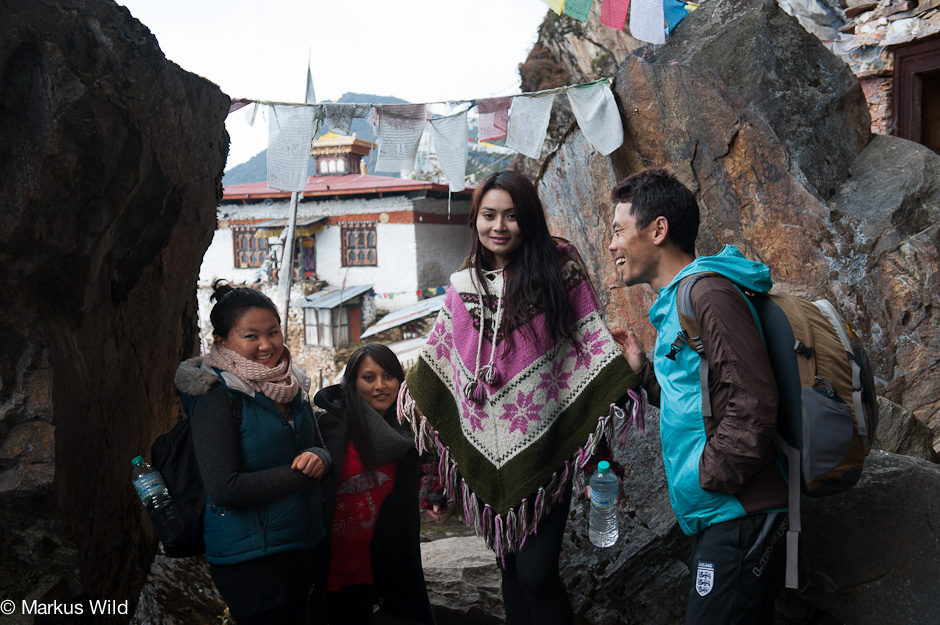
My young friends reaching the highest point of the monastic complex of Phajoding (on 3900 meters above sea level).



